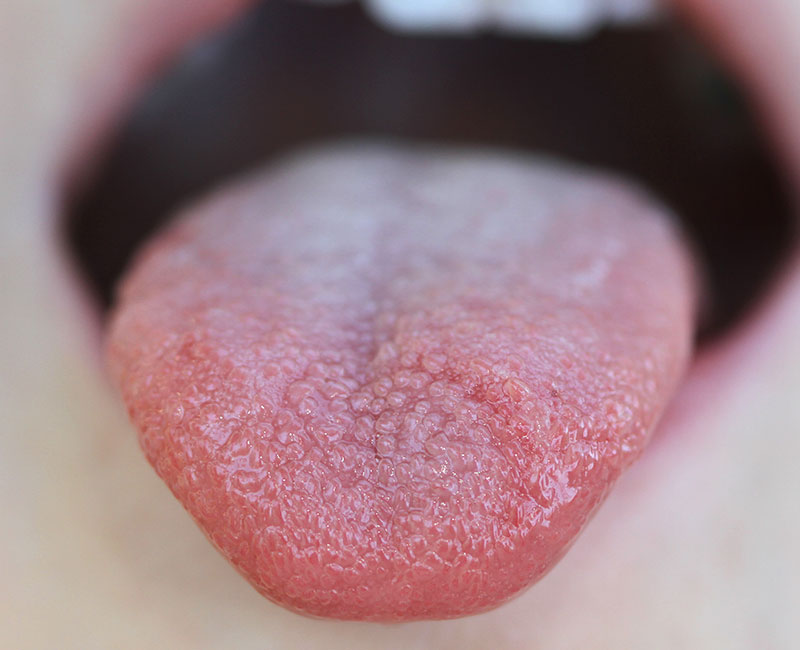Transient lingual papillitis (lie bumps or liar’s tongue) is a condition that affects your tongue, making small, painful red or white bumps. It happens when something irritates your papillae, the tiny bumps covering your tongue. Transient lingual papillitis isn’t a serious condition. Its symptoms usually go away within a few days.
Advertisement
Cleveland Clinic is a non-profit academic medical center. Advertising on our site helps support our mission. We do not endorse non-Cleveland Clinic products or services. Policy

Transient lingual papillitis (also known as lie bumps or liar’s tongue) happens when something irritates your papillae, the tiny bumps that cover your tongue and contain your taste buds. In this condition, irritated papillae start to swell and make noticeable, painful bumps on your tongue. Transient lingual papillitis gets its alternative name from a superstition that it only affects people when they lie.
Advertisement
Cleveland Clinic is a non-profit academic medical center. Advertising on our site helps support our mission. We do not endorse non-Cleveland Clinic products or services. Policy
Experts believe it’s common, but they can’t say how often lie bumps happen. Symptoms often go away within a few days so people may not get a formal diagnosis unless they decide to talk to a healthcare provider.
Transient lingual papillitis symptoms vary depending on the type of condition that you have. Common symptoms include:
Different types of this condition have different symptoms. These include:
Research shows many things may irritate or inflame your papillae so that you develop transient lingual papillitis. For example, one study details how a woman developed transient lingual papillitis after eating a hard candy made with cinnamon and chili peppers — two substances that can trigger contact dermatitis in people’s mouths. Other, more common causes include:
Advertisement
Healthcare providers diagnose this condition by:
Treatment varies depending on your situation. Often, transient lingual papillitis goes away without treatment. Your healthcare provider may recommend:
Typically, transient lingual papillitis symptoms go away within a few days to a week. But it can come back, particularly if you aren’t sure what triggered it and you don’t know what to avoid.
If you have transient lingual papillitis, the most important thing you can do is to leave the bumps alone. Yes, they look like tongue pimples. And yes, you may have an urge to pop them. Resist that urge. Unlike skin pimples, which happen when you have gunk trapped in one of your pores, the painful red and white bumps are part of your tongue and not for popping.
If you have transient lingual papillitis, you should avoid things that you know trigger the condition. For example, consider avoiding:
Transient lingual papillitis isn’t a serious condition and often goes away without medical treatment. That said, talk to a healthcare provider anytime you notice changes in your tongue, gums or mouth that don’t go away after two weeks.
Here are some questions you may want to ask:
Lie bumps or liar’s tongue are colorful names for a common condition that affects your tongue. In transient lingual papillitis, you have tiny, painful bumps on your tongue. According to superstition, the tongue bumps happen when you tell a lie. In truth, they happen when something irritates your papillae, the tiny bumps that cover your tongue and contain your taste buds. Transient lingual papillitis may be painful and annoying, but it isn’t a serious medical issue and often clears up on its own. That said, talk to a healthcare provider if a bump on your tongue doesn’t go away.
Advertisement
Need care fast? Cleveland Clinic’s Express Care and Urgent Care locations treat everything from sprains to sinus infections — no appointment needed.

Last reviewed on 11/06/2023.
Learn more about the Health Library and our editorial process.